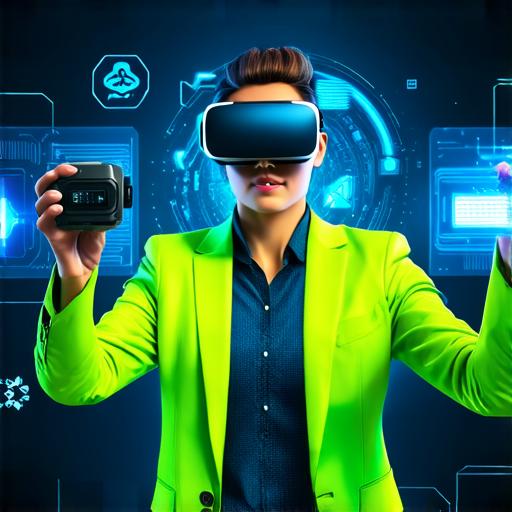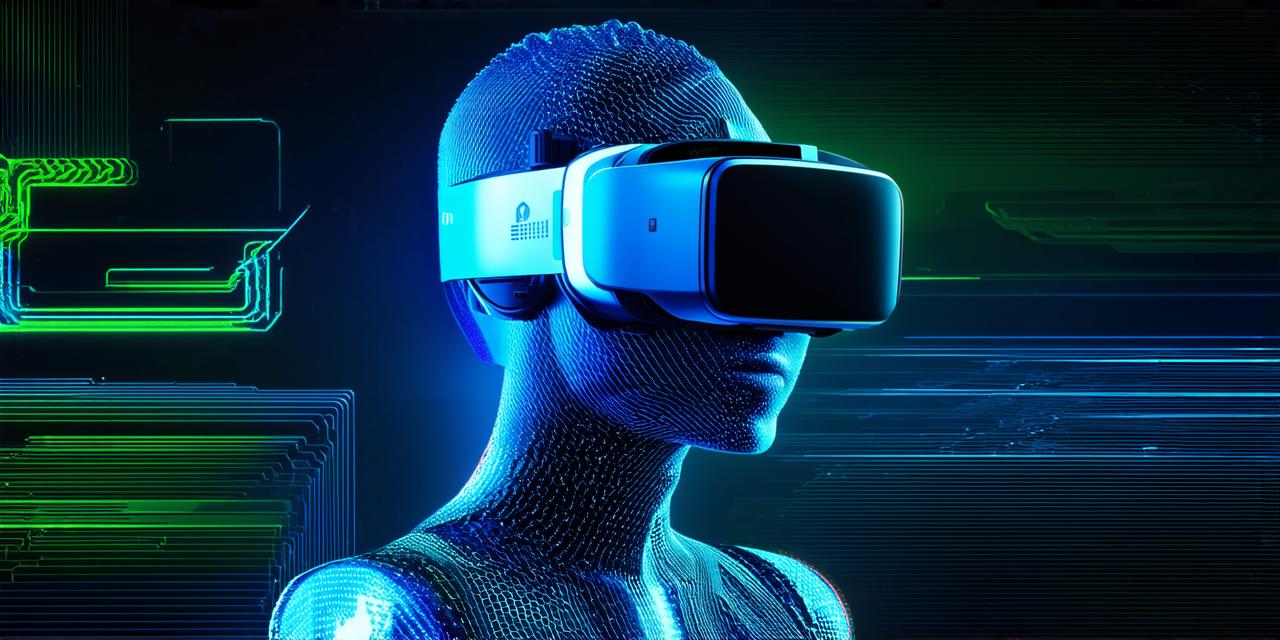<!DOCTYPE html>
Virtual Reality in Education
One of the most promising applications of VR is in education. By creating immersive and interactive learning experiences, VR can help students better understand complex concepts. For instance, VR can simulate a lab environment where students can conduct experiments without the risk of harming themselves or others.
This technology can also be used to create virtual field trips, allowing students to explore historical sites, museums, and other destinations from the comfort of their classrooms. Additionally, VR can be used in language learning by creating virtual environments where students can practice speaking and listening skills in a safe and controlled environment.

Virtual Reality in Training and Simulation
VR can also be used for training and simulation purposes. By simulating real-life scenarios, VR allows users to prepare for emergencies or other high-pressure situations in a safe and controlled environment.
For example, medical professionals can use VR to practice surgeries, while military personnel can simulate combat and search and rescue operations. VR can also be used in aviation training, where students can practice flying in a virtual environment before they take their first flight.
Virtual Reality in Business and Commerce
VR can also be used in business and commerce to create immersive product demonstrations and virtual showrooms. By allowing customers to experience products in a more engaging and interactive way, VR can lead to increased sales and customer engagement.
For example, real estate companies can use VR to provide virtual tours of properties, while car manufacturers can allow customers to customize and explore their vehicles in a virtual environment.
Benefits of Virtual Reality for Learning and Development
There are several benefits of using VR for learning and development. Firstly, VR provides a highly engaging and interactive experience that captures students’ attention and keeps them motivated to learn.
Secondly, VR can provide a safe and controlled environment where students can practice skills without the risk of harming themselves or others.
Thirdly, VR can simulate real-life scenarios, which can help students prepare for emergencies or other high-pressure situations.
Additionally, VR can be used to create personalized learning experiences, allowing students to learn at their own pace and in a way that suits their learning style.
Real-Life Examples of Virtual Reality in Learning and Development
There are several real-life examples of how VR has been used successfully for learning and development. For instance, the University of Maryland has used VR to create a virtual lab environment where students can conduct experiments without the risk of harming themselves or others.
In addition, the military has used VR for training purposes to prepare soldiers for real-life scenarios such as combat and search and rescue operations. Another example is the use of VR in therapy, where it has been shown to be effective in treating phobias, PTSD, and other mental health conditions.
Expert Opinions on Virtual Reality in Learning and Development
According to Dr. Richard VanPatten, a professor of applied linguistics at New York University, VR can be used to create highly engaging language learning experiences that improve students’ communication skills.
In addition, according to Dr. David Sheridan, an associate professor of educational psychology at Marquette University, VR can be used to create safe and controlled environments for students to practice skills without the risk of harming themselves or others.
FAQs
1. What is virtual reality?
Virtual reality is a technology that simulates a 3D environment and allows users to interact with it in real-time.
2. How can virtual reality enhance learning and development?
VR can create immersive and interactive learning experiences, provide a safe and controlled environment for practicing skills, and simulate real-life scenarios. It can also be used to create personalized learning experiences.
3. What are some real-life examples of how virtual reality has been used in learning and development?
The University of Maryland has used VR to create a virtual lab environment where students can conduct experiments without the risk of harming themselves or others. The military has used VR for training purposes, while real estate companies have used it for virtual tours and car manufacturers have used it for customizing and exploring vehicles.
4. What are the benefits of using virtual reality for learning and development?
VR provides a highly engaging and interactive experience, a safe and controlled environment for practicing skills, can simulate real-life scenarios, and can be used to create personalized learning experiences.
